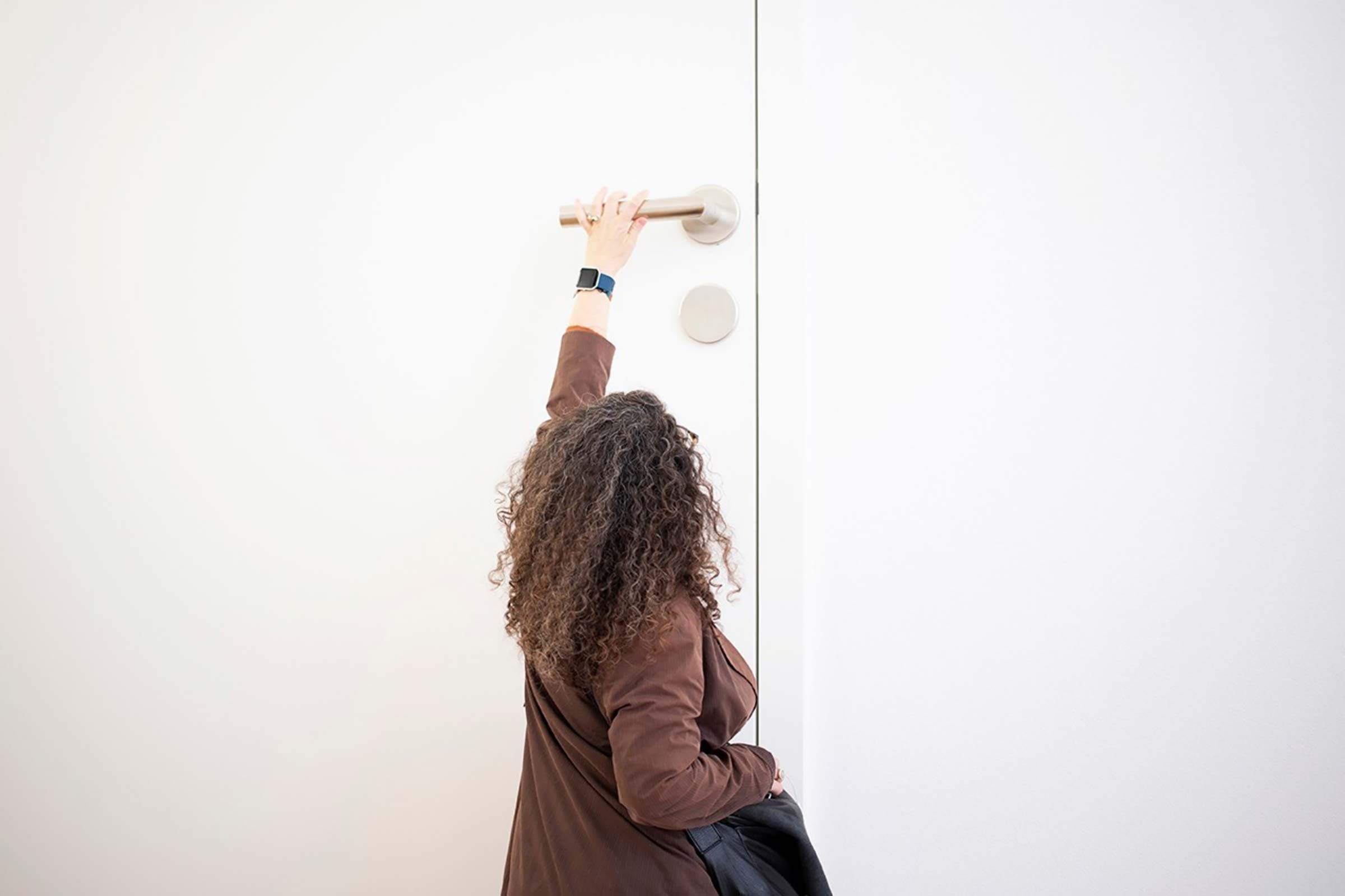 National Pavilion of Switzerland | Svizzera 240 – House Tour, 16th International Architecture Exhibition – La Biennale di Venezia, FREESPACE | © Italo Rondinella
National Pavilion of Switzerland | Svizzera 240 – House Tour, 16th International Architecture Exhibition – La Biennale di Venezia, FREESPACE | © Italo Rondinella
- Journal
Robert Wilson’s guide to the 2018 Biennale Architettura
This year’s iteration of the biennial architecture-fest on the lagoon – where architects nurture their artistic sides away from their desks or more business-orientated bean-feasts such as MIPIM – shows a gentler more poetic side to making buildings than recent editions.
After 2016’s call to the barricades of Alejandro Aravena’s ‘Reporting from the Front’ – focused on architecture as a tool of social justice – this year the curators, Shelley McNamara and Yvonne Farrell of Grafton, have gone back to the basics of space: to ‘FreeSpace’ to be exact. While this title leaves a lot of literal free-space for interpretation, the summary of their thinking: ‘a generosity of spirit and sense of humanity at the core of architecture’s agenda’, has inspired many participating practices to try to embody this in very physical, haptic installations. So enjoyably, there are many large 1:1 models to be inhabited, touched or engaged with bodily.
Thus in the long 300 metre drag of the Corderie, the old rope-works of the Arsenale, one of the two centrally-curated venues, highlights include Flores & Prats’ walk-through atelier, focussed on their retrofit project to turn an old cooperative club into a new theatre. Niall McLaughlin’s contribution meanwhile is a rotating round table with interior models of his latest projects. Beautifully-tooled in timber, you turn the table to mimic the changing light conditions over a year. Salter Collingridge invites you to sit down in a contraption which is as much armature as seat – indeed inspired by Duchamp it can both embrace or entrap those seated in it. Meanwhile Alison Brooks’ series of four timber ‘totems’ are modelled internally as abstracted spaces drawn from her housing projects. When you enter them, they offer a rich spatial experience – from threshold to endless curving passage – mirrored to infinity.
Meanwhile at the mini-museum-sized Central Pavilion, the other main venue, top tips are the models: whether the craggy, haptic models of Peter Zumthor or Michael Maltzan’s proto-dolls houses of his Star Apartments scheme.
Many National Pavilions have also reacted imaginatively to the theme of free space, commonly interpreting it as unprogrammed, communal or shared spaces – and the issues these throw up. Best of the bunch include Ireland’s ‘Free Market’, which looks engagingly at old market squares in small towns and explores ways to revive them; Bahrain’s analyses the spatial issues which coalesce around the Friday Sermon in mosques, in an abstract but powerful aural installation. Argentina’s meanwhile presents contemporary projects set against a very evocative fish-tank like diorama conjuring up the vastness of the Pampas landscape.
In the Giardini, pick of the best pavilions include the British: where Caruso St John with artist Marcus Taylor’s have created a roof-top ‘free-space’ in a fine, slightly barbed comment on Brexit; the Swiss: an Alice-in-Wonderland scaled labyrinth of a domestic house; the Israeli: the contested/shares religious sites impressively documented and the French, which looks at the imaginative retrofit of public buildings.
The special project from the V&A this year, focusses powerfully on social housing: through the lens of the Alison and Peter Smithson-designed Robin Hood Gardens, block of flats currently being demolished in East London. A three-storey chunk of this has been transported to Venice and installed with the help of Arup and muf in a resonant gesture at the lost ambition of social housing – and of State-supported ‘free-space’ in general.
Further afield, head to Dorsoduro where two collateral Biennale events are making the running in terms of actually bringing the issues back to the city. Salon Suisse at Palazzo Trevisan has a series of talks but also ‘explorations’ over several weekends – including a trip on a fishing boat across the lagoon. The Scotland + Venice team, with The Happenstance installation in Palazzo Zenobio, has created a genuinely free space, open to all, and is being cross programmed with a rich series of events together with local organisations and individuals. Check out both their programmes when you are in Venice.
Make sure also to island hop to see the Vatican Pavilion in the gardens behind San Giorgio Maggiore. This has seen 10 international architects, from Norman Foster to Sean Godsell and Eduardo Souto de Moura, commissioned to make beautifully realised ‘chapels’, which in the quality of their construction make the Serpentine Pavilions look a bit slap-dash (the Flores & Prats one is a particular gem). Each in their own way, they remind you of the physicality, material richness, sense of poetry – and generosity – that only good architecture can give.
Robert Wilson (@robguywilson) is architecture editor of the Architects’ Journal.
At the 2018 Biennale Architettura, Caro Communications represents the Pavilions of Greece, Ireland and Singapore; Alison Brooks Architects, and the Sharjah Architecture Triennial.